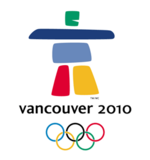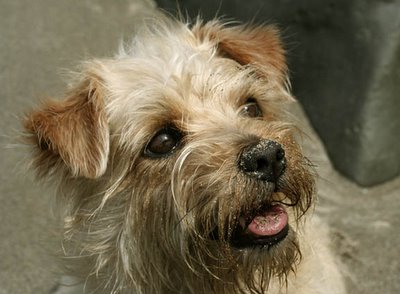This evening my thoughts were taken back to Kew. That’s the Royal Botanical Gardens at Kew by the Thames, London. There, standing ten stories, is a Chinese Pagoda to be viewed from miles around. My first sight of this foreign building, at around age eight, left a lasting impression. It said much and mostly, I realize now, spoke silently of something bigger than myself. Not just physically but ‘otherly’.
The capacity of children to be awed, to stand in wonderment at a sight or sound, to know it and be satisfied is a wonder in itself. And still there remains that capacity in adulthood. I’d think it a sad thing if we were to loose that.
Until a moment ago I’d not made the connection between the pagoda at Kew and Buddhism! Yes, it certainly did make a lasting impression, probably a seed that changed my life.
Seeds just need the right conditions to start growing and that comes in a timely fashion for all.

 Taken in southern Alberta last summer; what a corker!
Taken in southern Alberta last summer; what a corker!
